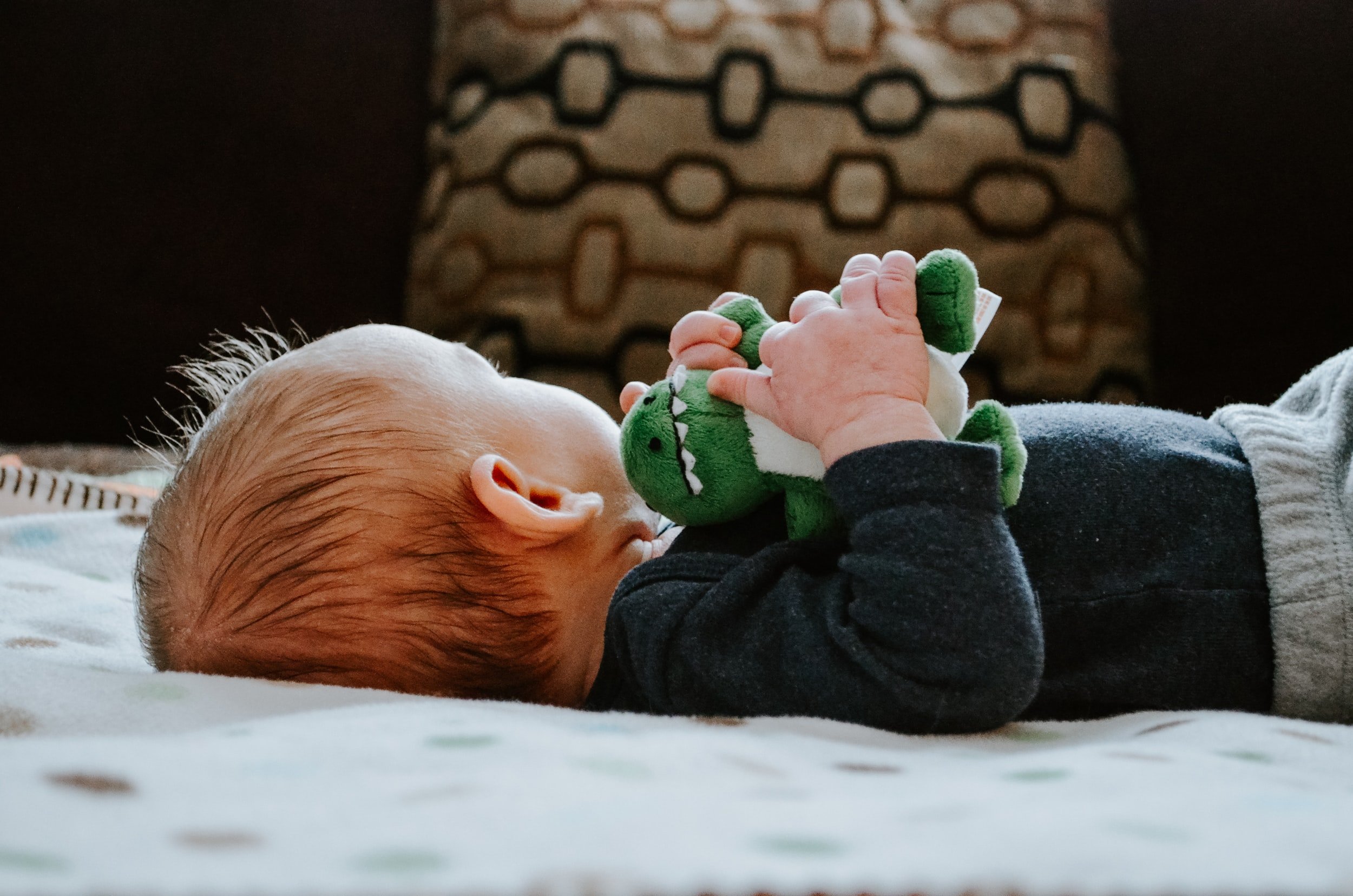Sleeping well at child care
Starting child care, kindergarten, or going to a grandparents house for regular care, is a big step for your little one, and for you. Parents often worry about how, when and where their child will sleep.
Here are our steps for managing this transition with minimal disruption to your child’s sleep.
Talk to your child’s carer about difficulties you’ve encountered with your child’s sleep. Explain what their sleep used to be like, how it currently is, and what you’re trying to achieve going forward. If you are treating sleep difficulties and have a detailed sleep plan, then send a copy to your child’s carers. If they understand your child’s sleep journey, they are more likely to be supportive. If they’re not supportive, and you are one of our clients, get in touch with your sleep practitioner and we can prepare a letter explaining your child’s sleep requirements.
Keep a similar nap schedule at home and at childcare. If your child is prone to difficult nights after they have too much day sleep, explain this to the carer. Be clear about when and how much sleep your child needs. If your baby needs to be awake by 3pm, tell them.
Prepare your child for the transition. Attend orientation prior to starting. Ask the carers about the daily routine they follow. If they have lunch before the midday nap, then you can start to do this at home too. Your child may be more relaxed and settled if the routine at child care feels familiar.
Talk to your child about what to expect. If your child is toddler age or older, it can help to set up a pretend child care centre with some dolls. Play a game where the dolls arrive at childcare, say good bye to their parents, play for a while, take a nap, have a snack, then go home with their parents at the end of the day. Play can help small children understand what to expect.
Pack a comfort item. Even if your child doesn’t have a special toy or comforter, having something familiar from home can be reassuring. For older children it can also be an icebreaker to help them ease in to the room - they can show their special item to other children and it might make drop off easier. For a baby, the comfort item might be their sleep suit and/or dummy. For a toddler or preschooler, a photo of family or a pet can help.
Nail the drop off. Your child will take their cue from you - if you are a jittery bunch of nerves then they will be worried too. If you are calm, cheerful and relaxed, they’re more likely to feel confident. You’ve probably heard that keeping drop off quick is best right? Run in and out and they’ll settle quickly? For some kids yes, but for others, no. If your child is confident and outgoing, then a quick drop off will probably suit them well. But if your child is shy and takes a while to warm up, then arrive a little early so you have time to help them settle in. Don’t force them to start playing. Sometimes it’s best to sit down and start flicking through a book. They’ll probably start out in your lap but within a few minutes they will start to stray away from you as they warm up to the room, the children, the noises around them.
Don’t disappear. Even if your child becomes upset, you should always tell them you are leaving and will be back later. If you wait until they’re distracted and then bolt out the door, they will start to cling to you at drop off to make sure you don’t do a runner - and they might start to cling to you at bedtime too, or even develop separation anxiety. Keep it short and simple “I’m going now darling but I’ll be back later” - and then leave.
Trust your gut. If there is anything I have learnt as a mother of three kids who all attended childcare, it’s that honest conversations with carers helps to forge the deep, meaningful connections that you want your family to have with your childcare service. Be polite, honest, and if you’re concerned about anything, then speak up.
- Dr Fallon Cook
Sleep Practitioner



